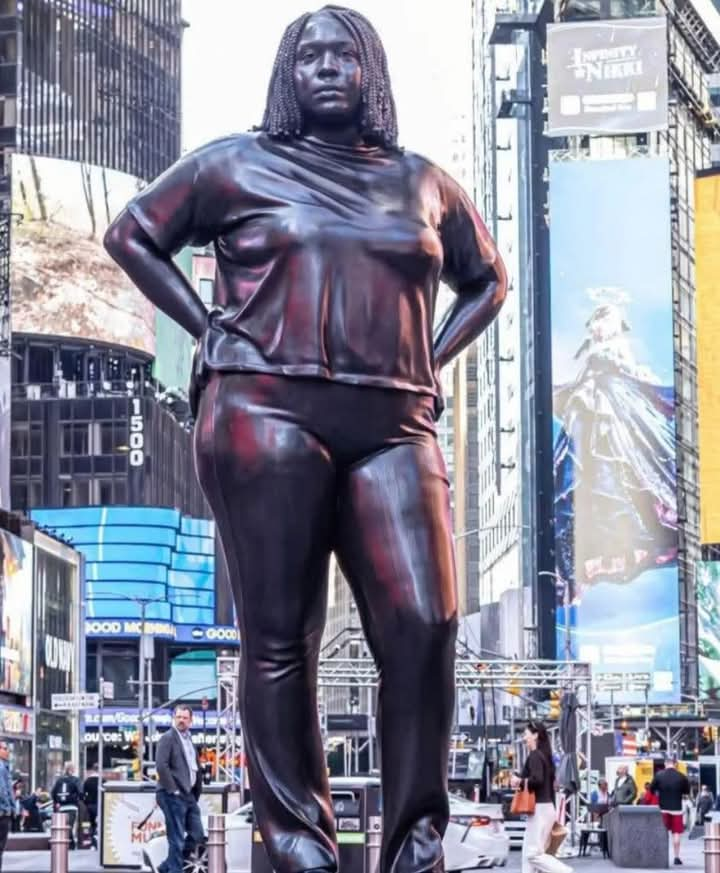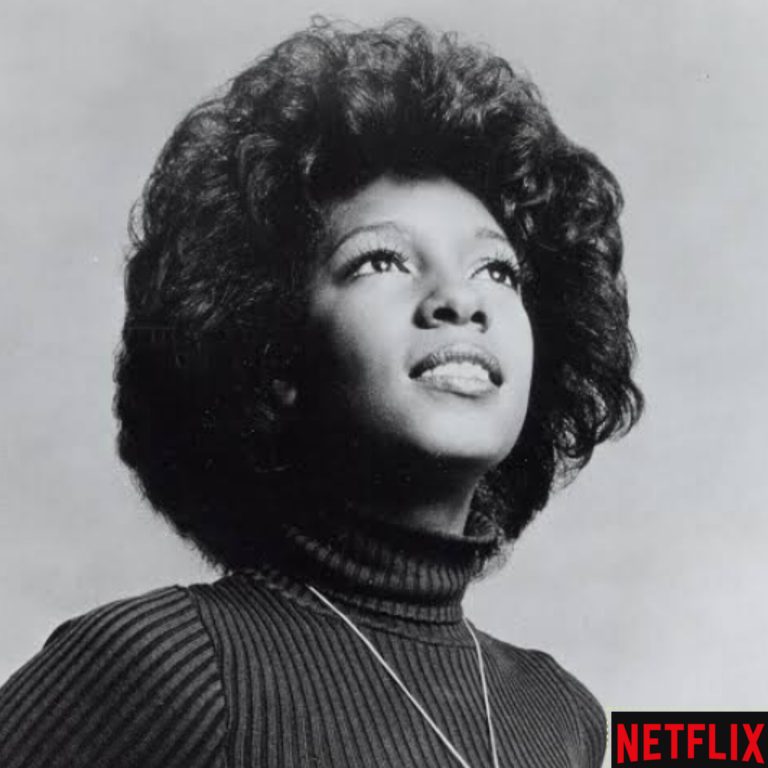
In a powerful moment for public art and representation, acclaimed British artist Thomas J Price has unveiled a striking new 12-foot-tall bronze statue of a young Black woman in London’s Regent’s Park. Dressed in casual clothing and standing with quiet strength, the figure challenges long-held conventions about who deserves to be commemorated in monumental sculpture. This work isn’t just about beauty or form—it’s about rewriting the narrative of who is seen, celebrated, and remembered.
Unlike traditional statues that often portray historical figures, royalty, or military heroes, this sculpture stands out for its bold simplicity and profound message. The young woman is not a famous icon, but a reflection of everyday people—particularly Black women—whose lives and experiences have too often been excluded from public monuments. Her posture is relaxed, her clothing familiar, yet her presence is monumental. She represents strength without spectacle, dignity without decoration, and resilience in its purest form.

Thomas J Price created this figure with the intention of disrupting conventional ideas of triumph, identity, and value. By choosing to sculpt a contemporary Black woman in ordinary attire, he invites viewers to rethink what it means to be worthy of a pedestal. The sculpture asserts that everyday people—those walking the streets, living their lives, contributing quietly and powerfully to society—deserve recognition just as much as historical figures.
Situated in Regent’s Park as part of the Frieze Sculpture exhibition, the statue holds a prominent place among works by international artists. Its setting among greenery and open space makes the encounter with the artwork even more impactful—accessible to the public, approachable, and impossible to ignore. The piece quietly yet confidently commands presence, inviting passersby to stop, look, and reflect.
The significance of placing a Black woman at the center of such a monumental work cannot be overstated. In a world where monuments have historically erased or distorted the image of Black bodies—especially Black women—this piece offers a necessary correction. It brings forward a narrative of inclusion, visibility, and humanity. It allows young Black women, in particular, to see themselves represented in public art not as symbols or stereotypes, but as full, dignified individuals.
This sculpture is not just a piece of bronze—it’s a powerful symbol of change. It invites reflection, admiration, and dialogue. As many look forward to visiting the statue in Regent’s Park this summer, the anticipation goes beyond the visual impact. It’s about experiencing a piece of art that feels real, necessary, and deeply affirming.
Thomas J Price’s statue of a Black woman marks a new chapter in public art—one where every viewer is asked to see greatness in the ordinary, and to recognize that monuments should reflect the true diversity and richness of the world around us.





